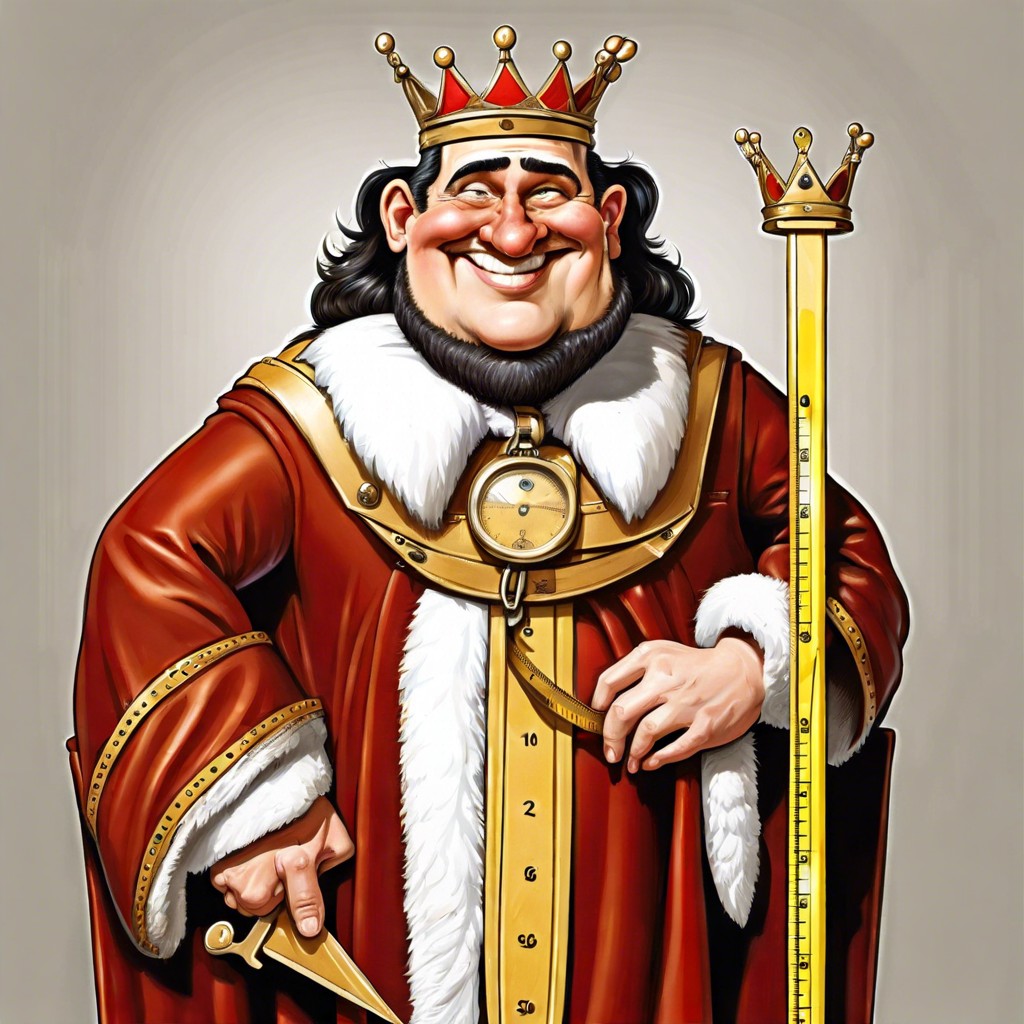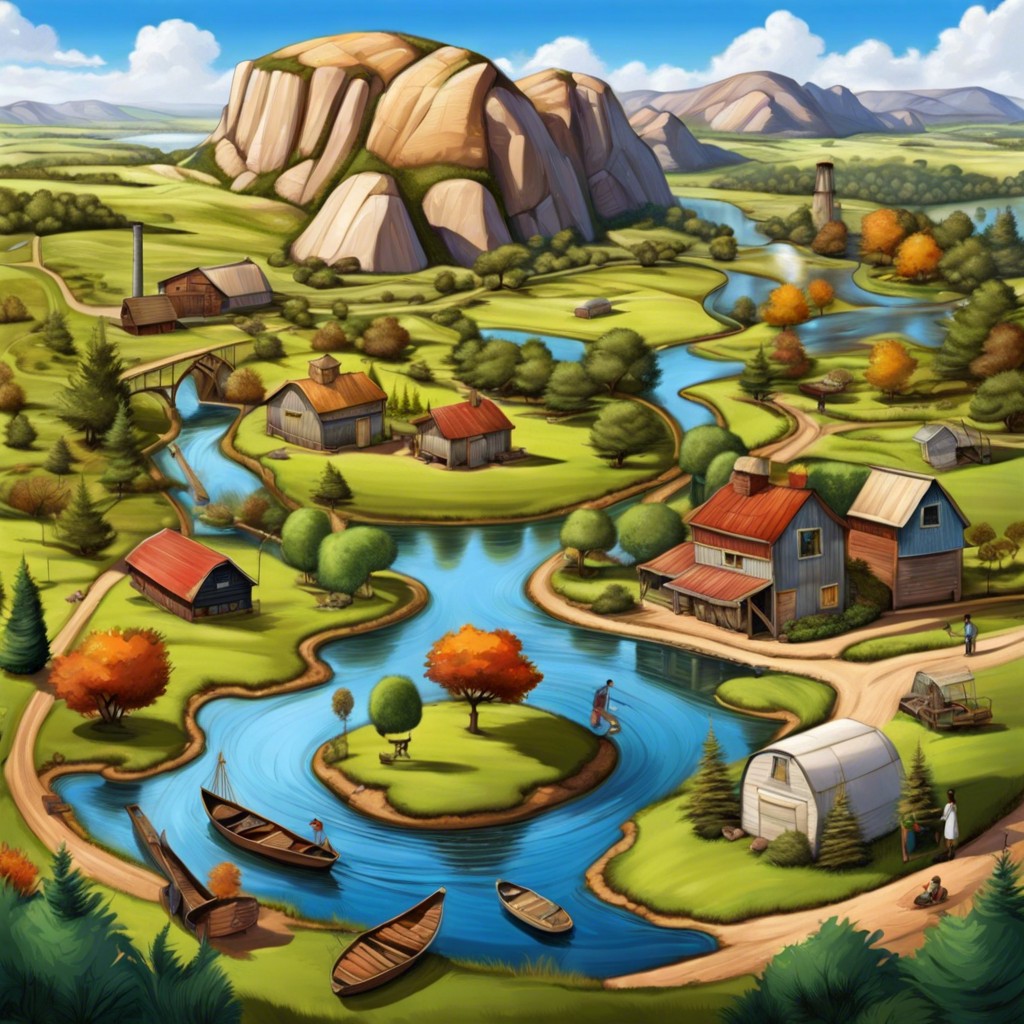This article explains the size of a cubic yard and how it is commonly used in everyday measurements.
Key takeaways:
- A cubic yard is a three-dimensional space measuring one yard in length, width, and height.
- Understanding cubic yard measurements is important for accurate planning and material estimates.
- Examples of materials that can fit in a cubic yard include topsoil, mulch, concrete, and gravel.
- Knowing cubic yard measurements saves money and time in construction and landscaping projects.
- Accurate measurements are crucial for effective communication and project management.
Definition of a Cubic Yard
A cubic yard represents a three-dimensional space where each side measures one yard (three feet) in length, width, and height. To visualize it, imagine a cube with equal sides, where each side measures exactly three feet. This equals 27 cubic feet since a foot has 12 inches, making the math straightforward: 3 feet x 3 feet x 3 feet.
Grasping this measurement concept is crucial for projects requiring bulk material estimates, such as filling a garden bed or laying down soil. Knowing the volume in such a precise unit helps in accurate planning and buying the correct amount of materials, thus avoiding wastage or shortage. Understanding how much space a cubic yard occupies also clarifies storage and transportation logistics, aiding in project management.
Examples of Materials That Can Fit in a Cubic Yard
Understanding the capacity of a cubic yard is practical for estimating materials for various projects. Picture filling a standard washing machine; that’s about one cubic yard. Here are some tangible examples:
– Topsoil and Compost: Gardeners often buy these materials in cubic yards. One cubic yard of topsoil is enough to cover a medium-sized garden to a depth of several inches, enriching the soil and promoting plant growth.
– Mulch: In landscaping, mulch is used to retain soil moisture and suppress weeds. A cubic yard of mulch covers approximately 100 square feet at a three-inch depth.
– Concrete: Commonly used in construction, one cubic yard of concrete can pour a slab approximately 8 feet square at a 4-inch depth, suitable for small patios or garden paths.
– Gravel: If you’re laying a driveway or a base for a patio, you might use gravel. A cubic yard of gravel covers around 100 square feet when layered 2-3 inches thick.
These examples showcase how a cubic yard might translate into real-world applications, aiding in project planning and material estimates.
Importance of Knowing Cubic Yard Measurements in Construction and Landscaping
Understanding cubic yard measurements is crucial: it ensures correct material estimates preventing over or under-ordering. This precision saves money and time, critical in both construction and landscaping projects. For example, calculating the correct amount of soil or mulch needed to fill a garden bed directly relies on these measurements. Incorrect estimates could lead to excess materials, unnecessary expenses, or insufficient materials delaying project completion. Moreover, in construction, concrete and gravel quantities are typically purchased by the cubic yard; accurate measurements are vital for laying foundations or driveways correctly. This knowledge also aids in effectively communicating with suppliers and team members, ensuring everyone is on the same page and the project runs smoothly.




